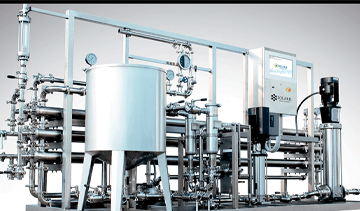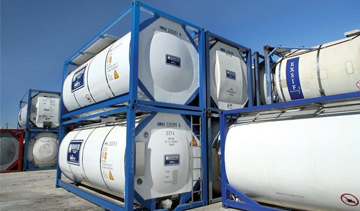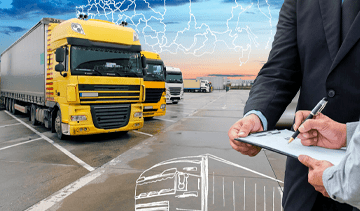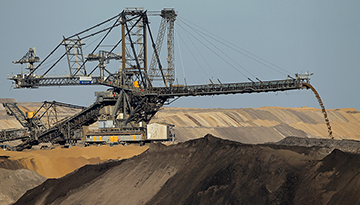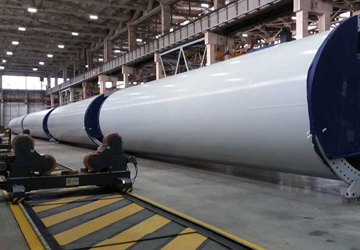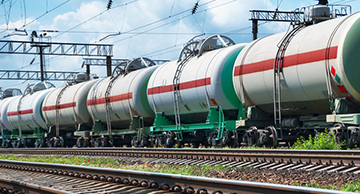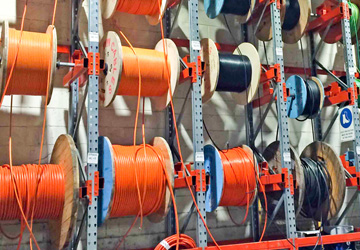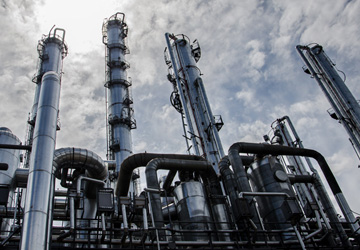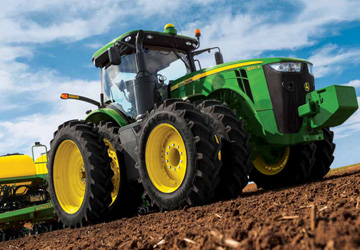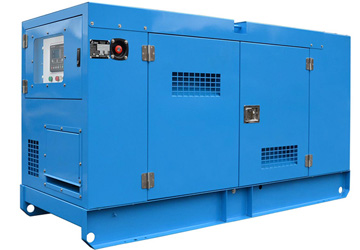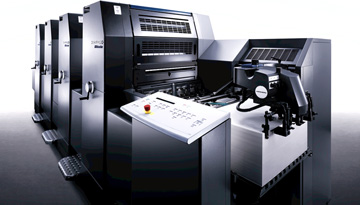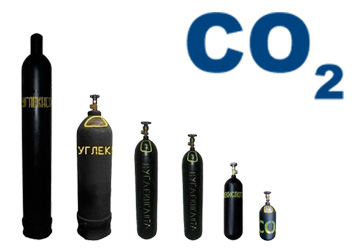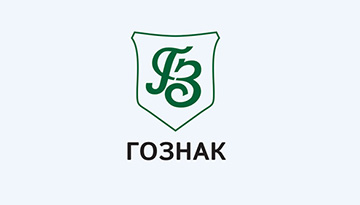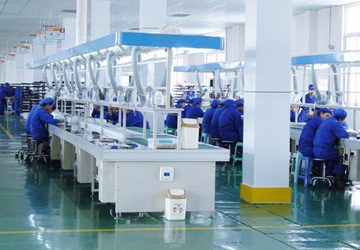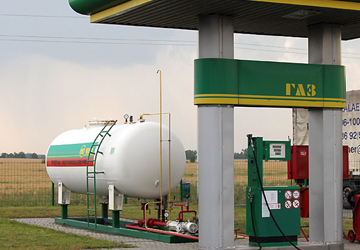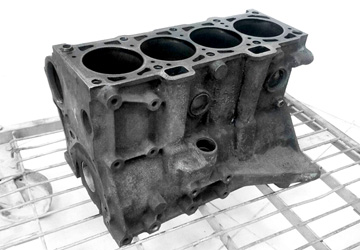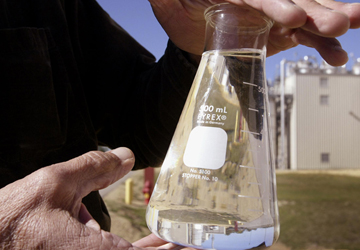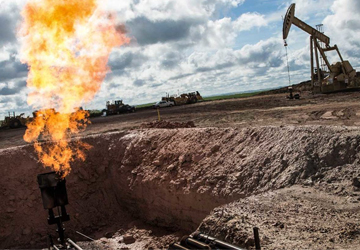Stage 1. General market data and competitive analysis
1.1. Identification and analysis of sites of all significant companies providing cargo transportation services (revenue from 500 million rubles/year) and related to industries
- activities of road freight transport and transportation services
- Auxiliary activities related to road transport
- cargo air transport activities
- Auxiliary activities related to air transport
1.2. According to the analysis of over 500 companies, a list of companies specializing in freight intercity transportation was formed. On the basis of their location and financial activity, the most significant and dynamically developing regions and companies have been identified (positive dynamics of profit and revenue in recent years (2010-2016)
1.3. The study of the most successful carriers (TOP-30) in the most dynamically developing regions. Collection of general information.
1.4. Changing the share of individuals in the company's revenue
1.5. The main consuming industries in the B2B segment
1.6. Assortment of services provided:
- Local delivery.
- Regional delivery (regions). DR.
- Responsible storage.
- Additional packaging
- Insurance
- And others
1.7. Working conditions with typical small customers
- The time for accepting the order
- Term
- Price
2. Stage. Identification and study of consumers of cargo transportation services in the top 10 most successful regions
2.1. Study of the B2B segment and online stores
2.1.1. Formation of a list of 15-20 significant consumers for each of the identified industries in the studied regions (about 150 companies) on the basis of a survey of suppliers (including 15-20 consumer companies of container railway transport)
2.1.2. The formation of a list of 15-20 significant online stores for each of the identified industries in the studied regions (about 150 organizations) on the basis of a survey of suppliers
2.1.3. Obtaining productive interviews from 100 companies, current or potential customers in the B2B segment and 100 online stores
2.1.4. For each organization, the following information is collected and presented:
- General information about the company (specialization, scale of activity, branches of branches)
- type of company (candidate for buyers, buyer, client, ally)
- The main factors of the selection of the supplier (price, reliability, quality of services, the availability of special requirements)
- special requirements for the supplier (example, payment for delivery on the fact of unloading of the goods, delivery without overload from enterprise to the consignee, delivery of goods to the recipient to remote areas of the Russian Federation and the CIS, delivery of the customer at the time, additional marking, a sealing package, the presence of a pyramid for transporting double -glazed windows and doors, etc.)
- Frequency of change of suppliers
- Are they ready to change the supplier in case of a lower price offer
- Are they ready to consider the possibility of a transition from the railway transportation to a car
3. Stage. Identification and study of other segments
3.1. Identification of former employees of cargo -transmission companies (employees of 30 different companies in the studied regions). With the consent of the customer, it would be useful to proceed with working employees of the PEC company for working with other segments.
3.2. Survey on a paid basis and receiving such information as:
- The main types of customers in the B2B segment of customers and online stores (transportation of dry bulk goods, transportation of oversized goods, transportation of oil cargo, retail clothes, etc.)
- types of customers of other segments (private individuals for one-time transportation of things when moving, microbusiness from Internet trade, etc.)
- a standard portrait of customers outside the B2B segment (example, a 35-55-year-old man for one-time sending a 3 ton container with things including storage services)
- reasons for choosing a carrier company by a private person
- how often private individuals were addressed again
- what kind of efforts were made to attract customers of different segments
- main working channels of customer arrival from different segments
4. Stage. Formation of the final report and recommendations in the framework of the development of the customer marketing strategy
4.1. The most promising regions of the Russian freight intercity transportation market (Avia and Auto)
4.2. Consuming segments and industries
4.3. Trends in changing the structure of demand in the context of segments
4.4. The most dynamically developing segments
4.5. Development trends of consuming industries (in the B2B segment)
4.6. Comparison of prices and working conditions of the most significant and successful companies
4.7. The potential for increasing demand due to current consumers of the railway transportation railway transportation
4.8. Demanded services among current consumers of truck and air transportation
4.9. The average level of loyalty among various types of customers
4.10. The specifics of the most successful companies in the freight market
4.11. Recommendations for promoting cargoes of cargo transportation in the market of car transportation and air transportation














